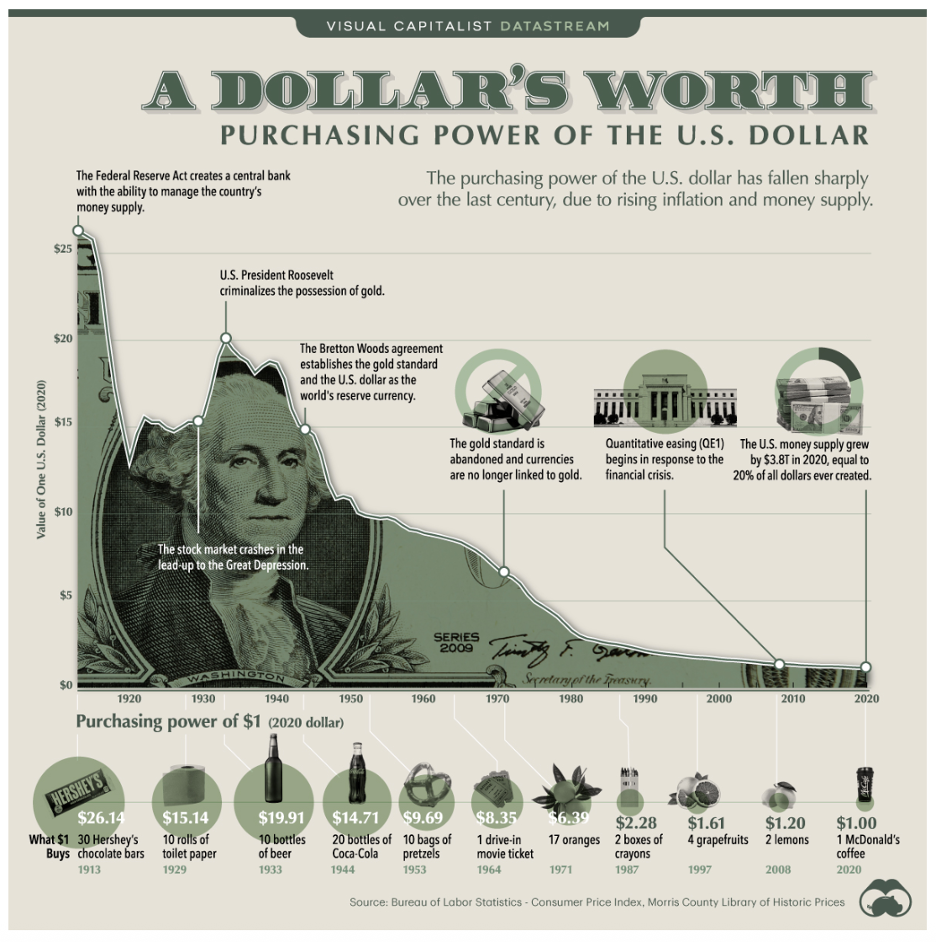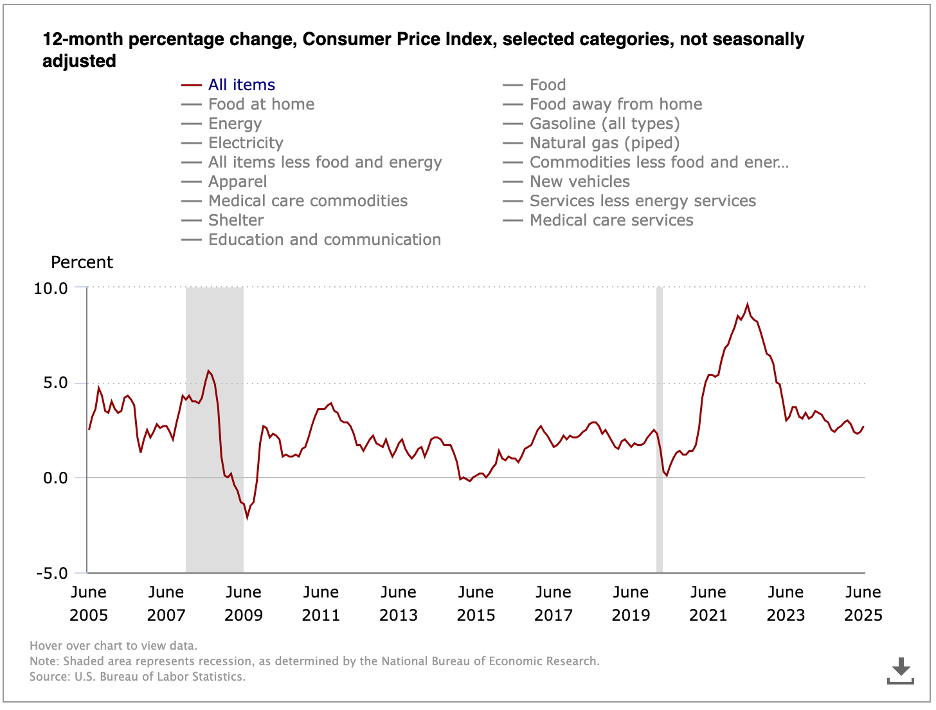My oldest child starts kindergarten in a few weeks. And that means school shopping.
We went out the other day and bought her a new pair of Nike’s, a lunchbox, and a water bottle. They’re all pink. And she can’t wait to hop on the school bus for the first time.
My son, for his part, is thrilled. He’ll gain exclusive control of the TV remote in the mornings now that my oldest will be gone at school.
My wife is getting emotional. Our daughter is growing up. I try to tell her that just because she’s out of the pre-K category, her childhood is far from over.
Obviously, I know this is a significant milestone for my little girl. She’s honest and kind. She’s tough as nails and she’s already reading at a fifth grade level. I’m so proud of the young lady she has become, and I can’t wait to see what the future has in store for her. I’m not worried about her going to school. She’s more than ready.
Here’s what I am worried about…
Did you know that a school lunch costs $3.35? I’m starting to sound like an old man, but back in my day, school lunches were $1.25.
That’s confounding to me.
I was so curious that I went to the U.S. Bureau of Labor Statistics inflation calculator. I found that 30 years on from my school days, $1.25 is equivalent to $2.65 of purchasing power today.
This means that school lunches where I live have seen their prices rise at a rate that exceeds inflation. Jerome Powell needs to do something!
I’m joking… but only a little.
Honestly, it’s shameful, and it may motivate me to attend an upcoming school board meeting to address it (I’m sure my wife will love that).
I know inflation is real. I know it’s on the minds of everyone from Walmart shoppers to professional economists.
But it wasn’t until I was looking over my daughter’s school lunch menu that it really hit me: The value of the dollar is eroding uncomfortably quickly.
The Value of a Dollar
The team at Visual Capitalist paints a good (if grim) picture with this chart:
Source: Visual Capitalist
This graphic alone is upsetting… and it doesn’t even take into account the fact that consumer prices have risen by about 24% since 2020 according to official government figures (and that’s assuming you believe them).
But just going by the Consumer Price Index figures, one dollar used to buy five grapefruits in 1997, roughly 24 bottles of Coke in 1944, and 37 Hershey’s bars in 1913.
I was in the grocery store today and checked… a single Hershey’s bar cost $1.79.
None of this should be news.
Put in a historical context, inflation has been unrelenting throughout modern American history.
Source: U.S. Bureau of Labor Statistics
In some ways, the U.S. is lucky, just ask any Argentine. An old joke in Argentina: When you go to a bar in Buenos Aires, order two glasses of Malbec. Because by the time you finish the first glass, the second one will cost more.
Still, the unrelenting pace of inflation in America is astounding when you look at it in a multidecade context.
And what few understand is that a lot of that is by design.
Just Ask the Fed…
According to the Federal Reserve, “The Federal Open Market Committee (FOMC) judges that inflation of 2 percent over the longer run, as measured by the annual change in the price index for personal consumption expenditures, is most consistent with the Federal Reserve’s mandate for maximum employment and price stability.”
Translated: The Federal Reserve always wants some inflation. And prior to the past several years, one of the Fed’s biggest concerns was inflation that was too low.
The Fed is wary of inflation falling below that 2% mark because, as the central bank says, “If inflation expectations fall, interest rates would decline too. In turn, there would be less room to cut interest rates to boost employment during an economic downturn. Evidence from around the world suggests that once this problem sets in, it can be very difficult to overcome.”
The Fed’s worst-case scenario is a deflationary spiral. That’s when prices fall. Businesses and consumers put off spending, thus reducing economic activity. Falling demand leads to even lower prices… leads to even less spending… leads to less economic activity… leads to unemployment… and so on.
The Fed doesn’t want that. So, modest inflation is the goal.
But due to the strength of compound interest, even low-single-digit annual inflation has the potential to erode away the purchasing power of the dollar in a big way over decades. That has been happening for several decades already.
So, what do you do?
If you’ve been a regular reader, you already know my answer…
The Wide-Moat Way to Beat Inflation
The Fed’s policies mean that anyone who stashes their hard-earned savings under a mattress is going to regret that decision.
But on the other hand, that roughly 2% inflation target means that someone who invests their money into assets that generate much higher returns are going to see their wealth and, more importantly, their purchasing power expand over time.
This is one of the reasons why we advocate for dividend growth stocks here at Wide Moat Research.
For instance, in September 1995, Coca-Cola’s (KO) dividend (adjusted for splits over the years) was $0.055 per share. That equates to an annual dividend of $0.22 per share.
Today, Coca-Cola’s annual dividend is $2.04 per share.
KO’s dividend is more than 8 times higher than it was 30 years ago because its dividend compound annual growth rate since 1995 is roughly 7.7%.
The roughly 5% difference between the average U.S. inflation rate of 2.52% and KO’s 7.7% dividend growth rate since 1995 might not seem like much at first glance.
But anyone who understands the power of compound interest knows that this is why KO’s dividend is up by 830% compared with the roughly 100% increase in the cost of school lunch here in central Virginia.
Coca-Cola is such a beloved stock amongst retirees because they’re well aware that this company’s dividend growth rate enhances their purchasing power, year in and year out.
And the best news is, there are dozens of companies with dividend growth histories like Coca-Cola’s… and dozens more with an even brighter future looking ahead. We cover many in our Wide Moat Letter (paid-up subscribers can catch up here on our latest issue).
There’s nothing you or I can do about the eroding value of the U.S. dollar. What we can do is focus on the wonderful companies that generously reward their shareholders with rising dividends.
You can rest easy, knowing that they have your back… no matter how much chicken nuggets, mashed potatoes, a fruit cup, and a carton of milk might cost years into the future.
Regards,
Nick Ward
Analyst, Wide Moat Research
|



